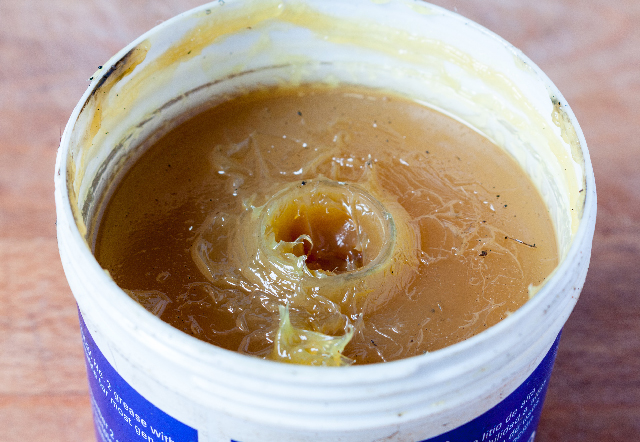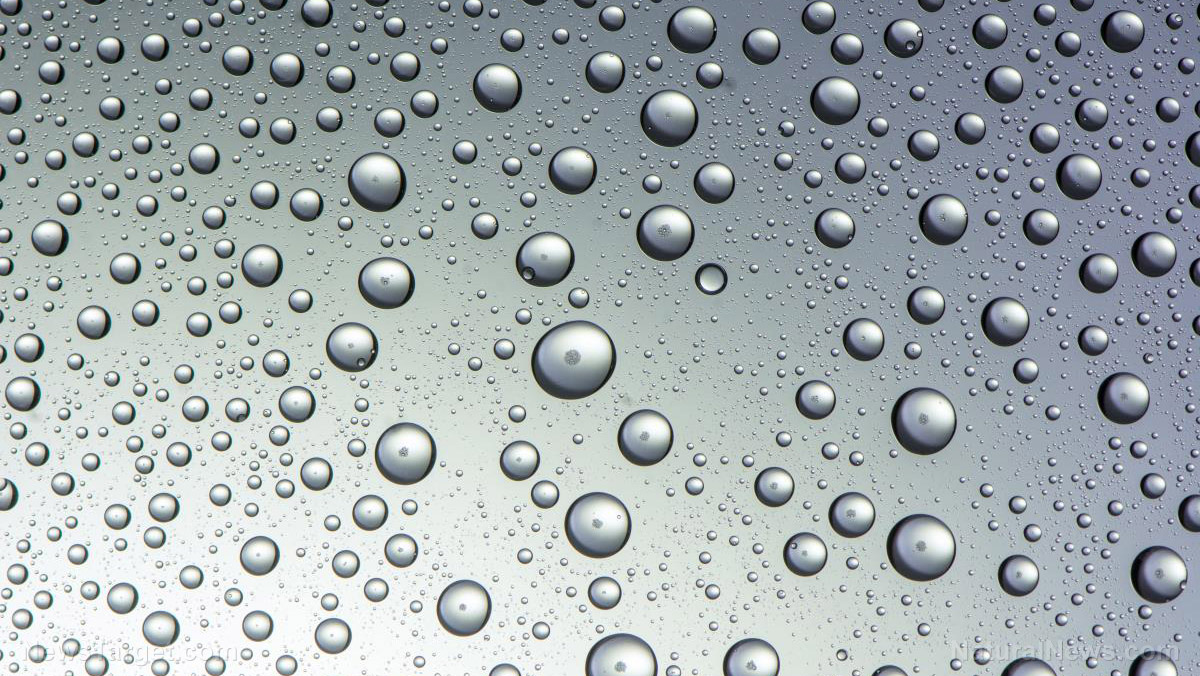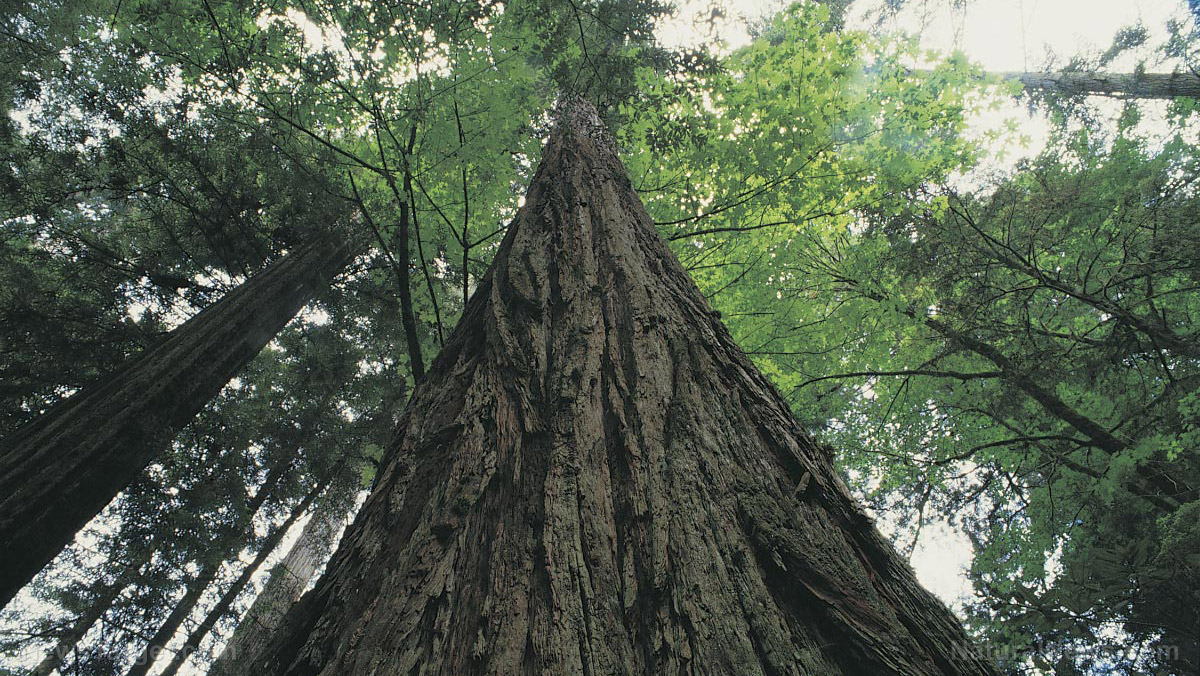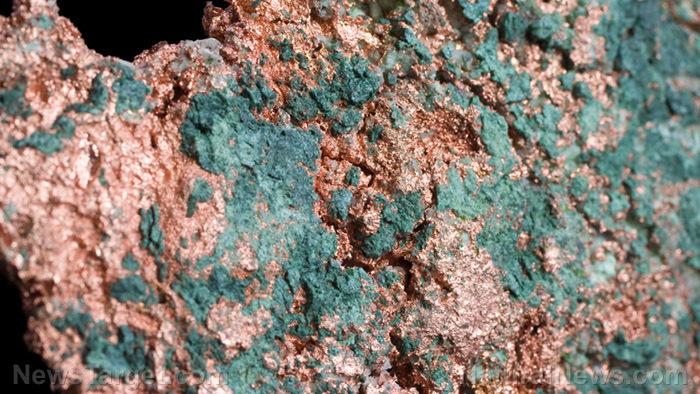Developing grease from different types of waste oils
08/28/2018 / By Ralph Flores

Researchers from Malaysia have found a way to synthesize grease from waste oil using red gypsum. The details, outlined in the Australian Journal of Basic and Applied Sciences, was the culmination of efforts to determine the best quality of grease using different ratios of red gypsum and fumed silica.
- To measure the overall grade of the grease made from red gypsum and fumed silica, the team used the scoring system developed by the National Lubricating Grease Institute (NLGI).
- The following proportions of fumed silica and red gypsum were used: 80-20, 60-40, and 50-50, respectively.
- The team used standards from the American Society for Testing and Materials (ASTM) to evaluate the grease formulations. This involved the penetration and dropping point tests, as well as identifying the type of thickener and amount of oil separated. The formulations were also compared to existing products in the market.
- Researchers found that the best formulations of grease did not have a dropping point, even after it was heated to 240 C.
- In addition, based on their findings, the amount of fumed silica and red gypsum is inversely proportional to its consistency and ability to separate oil.
- Aside from the composition of the base oil, the properties of grease rely heavily on the size and configuration of its particles to the thickening agent.
From the results, researchers concluded that grease made using silicone oil as its base was noted to be “well-made,” while grease made from waste cooking oil was “smooth.”
Read the full text of the study at this link.
Find more sources of alternative fuel at Power.news.
Journal Reference:
Razali MN, Aziz MAA, Athirah WN, Hamdan WM, Salehan NAM, Yunus R. SYNTHESIS OF GREASE FROM WASTE OILS AND RED GYPSUM. Australian Journal of Basic and Applied Sciences. 2017;11(3):154–159.
Tagged Under: base oil, fuel sources, fumed silica, grease, red gypsum, silicone oil, waste oil



















